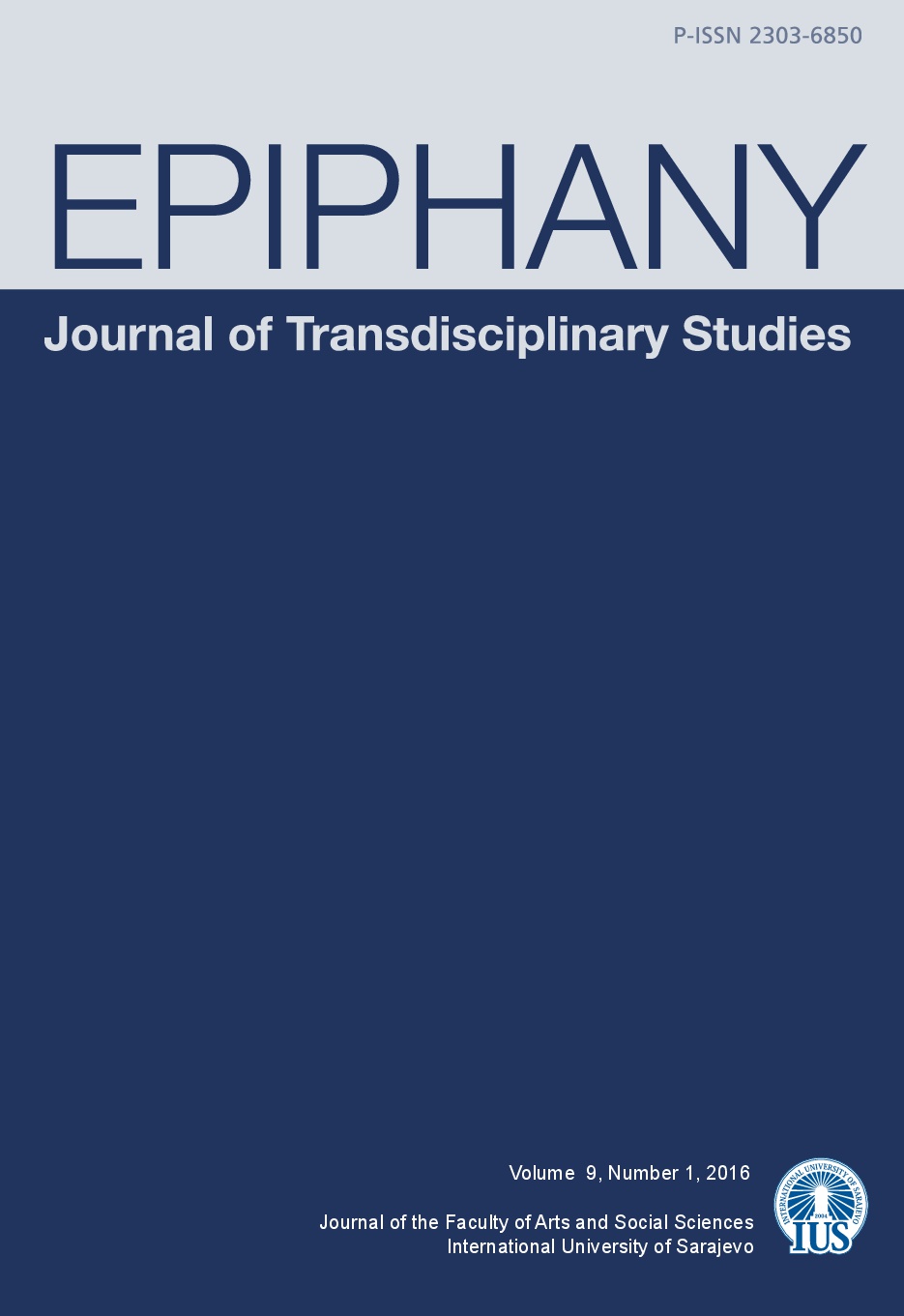Earliest Memories, Positive Emotional Memories of Warmth and Safeness and Attachment Style in Adolescent
Earliest Memories, Positive Emotional Memories of Warmth and Safeness and Attachment Style in Adolescent
Author(s): Senija Tahirović, Mersiha JusićSubject(s): Psychology, Methodology and research technology, Social development
Published by: International University of Sarajevo
Keywords: Emotional Memory; Warmth and Safeness; Earliest Memories; Attachment Style; Adolescents;
Summary/Abstract: Research has shown that early childhood experiences, especially those related to feelings of threat or safeness play a key role in subsequent emotional and social development. The aims of the study are to explore the relationship between early memories of warmth, safeness and attachment style in the life of adolescents and to define specificities of earliest memories with regard to the current attachment style. In order to explore relationships between earliest memories, emotional memories of warmth and safeness, and current attachment style of adolescents the research was conducted using a convenient sample of 167 public secondary school students with average age of 17,22 years. The 63.47% of the participants were females, whereas 36.53 % were males. The questionnaire was adopted, Early Memories of Warmth and Safeness Scale (EMWSS; Richter, Gilbert & McEwan, 2009), Memory Characteristics Questionnaire (Johnson, Suenghas, Foley & Raye, 1988) and Adult Attachment Questionnaire (Hazan & Shaver, 1990). Research findings proved that emotional content of adolescents` earliest memories is predominantly of joy (41.7%), fear (23.3%), sadness (8.6%), surprise (8%), and anger (7.4%), etc. which is in line with previous research where the same or similar methodology was followed. The first memory was detected at 4.7 years of age, with no significant difference between males and females. However, females described their first memory in significantly more words than males (t=-3.77, p<0,01). Results showed that securely attached adolescents scored significantly higher on EMWSS, compared to their insecurely attached peers (t=3.27, p<0,001), while the difference between avoidant and ambivalently attached adolescents was not significant (t=1.80, p>0,05). Securely and insecurely attached individuals did not differ in dimensions of vividness of earliest memory (H=1.127), emotional valence (H=.178), and emotion intensity (H=.209, all p>0,05).
Journal: Epiphany. Journal of Transdisciplinary Studies
- Issue Year: 9/2016
- Issue No: 1
- Page Range: 149-160
- Page Count: 12
- Language: English

